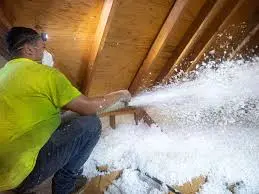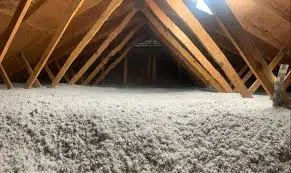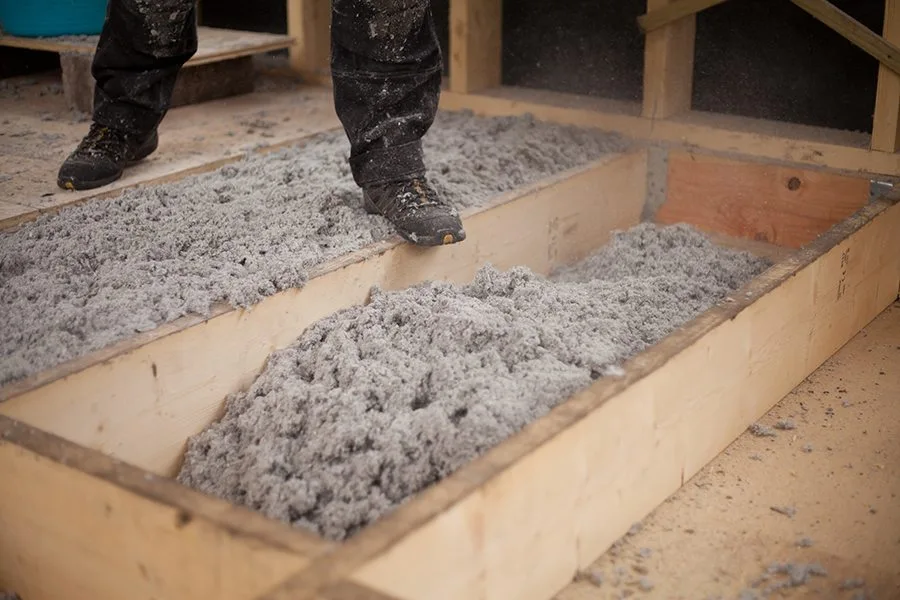When considering home improvement projects, adding or upgrading insulation is often a top priority due to its significant impact on energy efficiency and comfort. Blown insulation is a popular choice for many homeowners, but understanding the associated costs is crucial for effective budgeting. This blog post will provide a detailed overview of what you can expect in terms of blown insulation cost and other related expenses.
Understanding Blown Insulation Cost

Factors Influencing the Cost
The blown installation cost varies based on several factors, including the size of the area to be insulated, the type of insulation material, and the labor costs in your region. The average cost to blow in insulation ranges from $1 to $2 per square foot, but this can vary significantly depending on your specific circumstances.
Material Costs
The type of material used for blown insulation plays a significant role in determining the overall cost. Common materials include fiberglass, cellulose, and mineral wool. Each material has its own price point and insulating properties. Fiberglass is generally the most affordable, while cellulose offers better environmental benefits and mineral wool provides superior soundproofing.
Labor Costs
Labor costs can vary widely based on your location and the complexity of the installation. On average, labor for blown insulation installation costs around $40 to $70 per hour. It’s essential to get multiple quotes from contractors to ensure you receive a fair price.
Comparing Blown Insulation to Other Insulation Methods

Blown Insulation vs. Spray Foam Insulation
Spray foam insulation is another popular choice for homeowners. The spray foam insulation cost for 1000 sq ft can range from $1,500 to $3,000, which is significantly higher than blown insulation. However, spray foam offers a higher R-value per inch and better air sealing properties.
Attic Insulation Costs
Attic insulation is one of the most common applications for blown insulation. The cost to insulate an attic with blown insulation typically ranges from $1,000 to $2,500, depending on the size of the attic and the insulation material used. In comparison, spray foam insulation in an attic can cost upwards of $3,000.
Additional Costs to Consider
HVAC System Upgrades
When improving insulation, it’s also worth considering the condition of your HVAC system. A more efficient home may require a less powerful HVAC system, leading to potential savings on your energy bills. The cost of a new HVAC system can range from $3,000 to $7,000, depending on the size and efficiency of the unit.
Gas Boiler and Furnace Costs
If your heating system is outdated, upgrading to a more efficient boiler or furnace can further enhance your home’s energy efficiency. The gas boiler cost can range from $3,000 to $5,000, while furnaces cost between $2,500 and $6,000. Understanding how much it costs to replace a boiler or a furnace is crucial when planning your budget.
Low-Cost Energy Efficient Heaters for Large Rooms
For larger rooms, consider low-cost energy efficient heaters. These heaters provide supplemental heat without significantly increasing your energy bills. Prices for these heaters typically range from $50 to $200, depending on the model and features.
Long-Term Savings and Benefits

Energy Savings
Investing in blown insulation can lead to substantial energy savings over time. Proper insulation reduces the amount of energy required to heat and cool your home, leading to lower utility bills. According to the U.S. Department of Energy, homeowners can save up to 20% on heating and cooling costs by adding insulation.
Increased Home Value
Upgrading your home’s insulation can also increase its market value. Potential buyers are often willing to pay more for a home with energy-efficient features, making insulation a worthwhile investment.
Conclusion
Understanding the costs associated with blown insulation is essential for effective budgeting. By considering the factors that influence the cost, comparing it to other insulation methods, and factoring in additional expenses such as HVAC system upgrades, homeowners can make informed decisions that lead to long-term savings and increased comfort. Investing in blown insulation not only enhances your home’s energy efficiency but also adds value to your property, making it a smart choice for any homeowner looking to improve their living environment.
